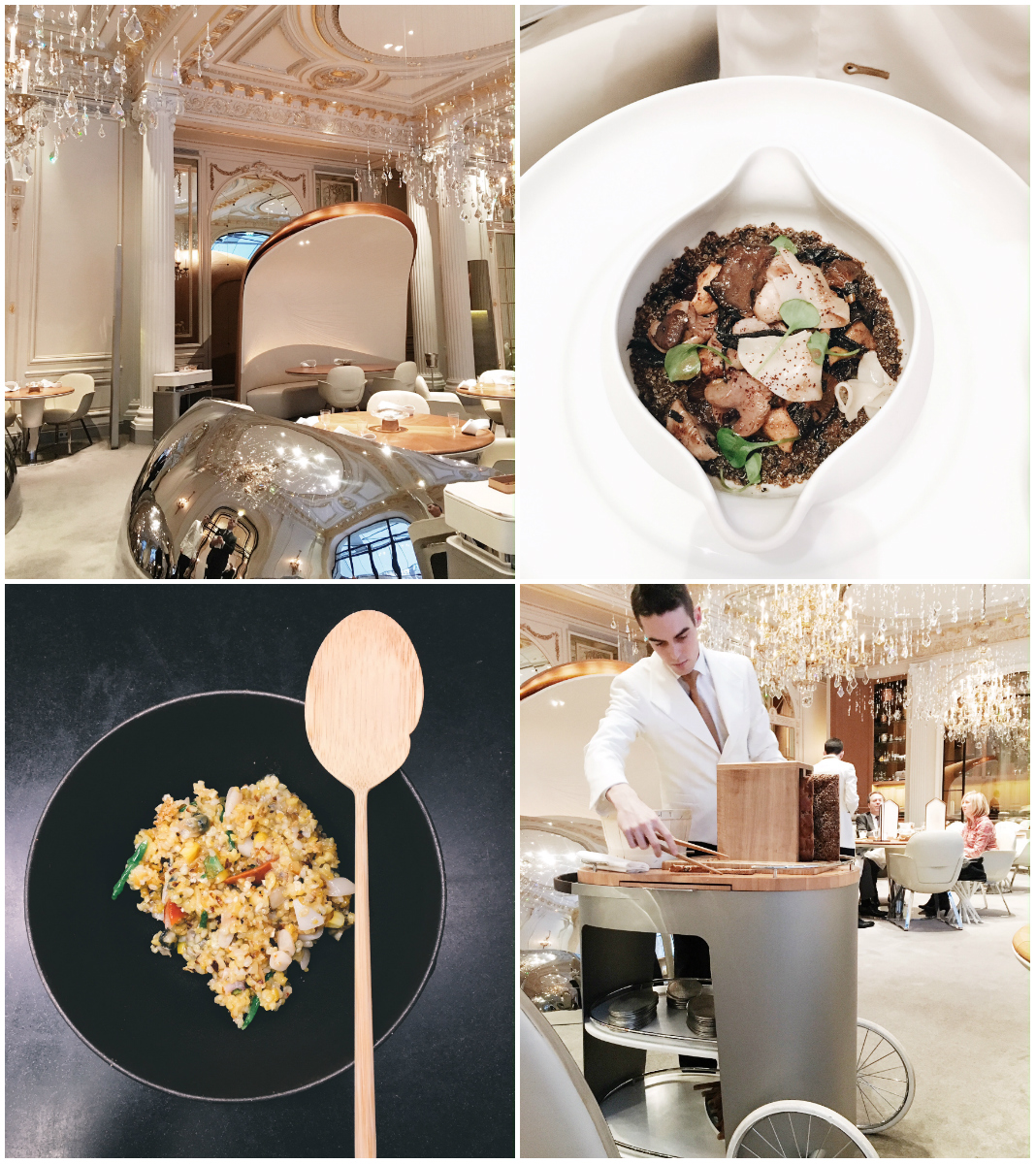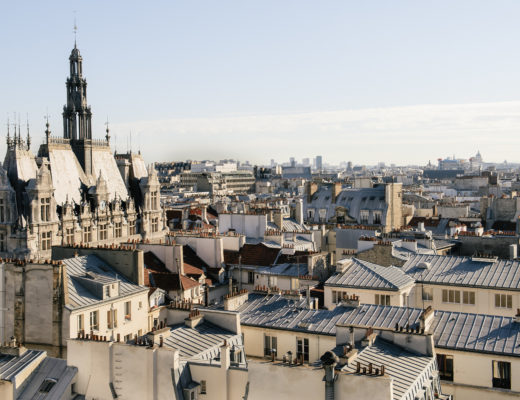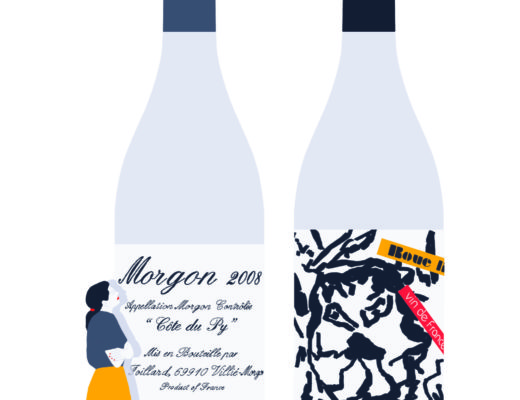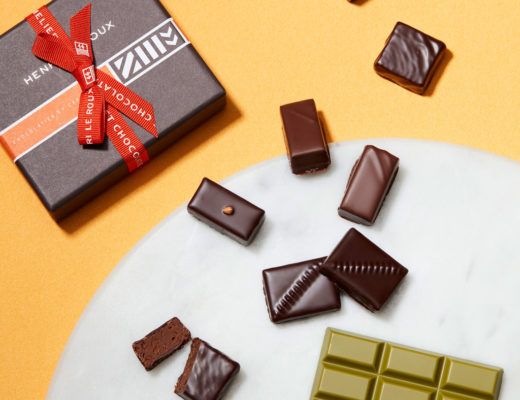In eleven days, eighteen chefs will gather under the exquisite glass canopy of the Grand Palais to share their cooking with food lovers young and old for the second annual Taste of Paris food festival. In anticipation of the big day, I went into the kitchens of the restaurant Alain Ducasse at the Plaza Athénée (just awarded 3 Michelin stars for 2016) to chat with head chef Romain Meder about the event, his cooking and how haute cuisine in Palace hotels compete with the city’s top neo-bistros.
La question obligatoire: what is it like working with Alain Ducasse?
There’s nothing like it. He gives us tremendous responsibility and allows us to be autonomous. We mature very quickly working by his side. In some cases, you’re working on the other side of the world — like I was, when he sent me to open Idam Doha, Qatar. You don’t see him all the time so you’re forced to convey his philosophy and his message to local teams and to diners. The opportunity he gave me in Doha was invaluable. It was challenging, of course: open a gastronomic restaurant, a café, several boutiques in museums. I had 51 cooks and a blank page. The culinary identity of the restaurant, unfamiliar to diners in the Middle East, needed to be created from scratch. Then, I did it all over again when M. Ducasse asked me to lead the kitchens at the Plaza Athénée after the renovation. The essential thing here was to make a clean break from what had been done in the restaurant for 14 years, a bourgeois, French cooking that was surgically executed. We needed to forget all of it and start over, with a focus on reducing waste, putting the spotlight on all types of products, even those once considered less ‘noble’, and give them greater depth.
That style was Naturalité, now M. Ducasse’s signature. What interests you most about it as a cooking style?
I grew up in the countryside, specifically a village of 200-250 people, and I find myself working with products that were part of my daily life when I was young but never paid any attention to like medlar (nèfle), dandelions, acacia flowers and morels (but that we knew had value in cooking!). Working primarily with vegetables is by no means a burden and I think that growing up à la campagne has been a tremendous help. I was already sensitive and receptive to cooking with a wide range of vegetables and Naturalité puts them at the forefront.
What are some of the ingredients you work with that were rarely seen in Palace kitchens before?
Lentils, for example, and chick peas which are the focus of our amuse-bouche. And then all this work that focuses on vegetables, grains and fish which is very interesting. Grains are absolutely wonderful and there’s such a wide range of things you can do with them that most chefs didn’t realize. We actually discover new ways to cook with them every day. It has had a poor image for so long because it was so poorly prepared. When we speak of quinoa, most people think of bland quinoa, cooked in water and that find their way into the packaged salads sold in train stations and supermarkets. But in reality, it’s full of flavor and possibilities.
So you don’t miss working with meat?
Not at all, because I try to add a gamey, carnivorous quality to fish and vegetables (like with the sea bass which is barely cooked). For me, fish is equivalent to a piece of meat. We serve it with a fork and knife because we must cut fish. We work with fish innards and liver, whether it’s with monkfish or sea bass, which we’re serving right now. The liver is mixed with Jerusalem artichokes and black truffle and forms a kind of stuffing for a gratin. The sea bass in this way reminds me of game. It’s the same line of thinking with the vegetables. Right now we’re doing lobster and instead of making a sauce from lobster carcass marinated in red wine, we’re making a sauce with cabbage that we leave to roast and marinate in the red wine. The gravy is quite vegetal, powerful in flavor but light in texture. In the end, the absence of meat doesn’t bother me or the team. We simply try to make dishes that are pronounced, strong and hearty the way meat tends to be.
Where do you source your ingredients?
Most of our ingredients come from France, with the exception of the black rice which comes from Italy because I couldn’t find the quality I was looking for in France, sugar from Reunion, etc. Then I’d say 80% is sourced from the Queen’s Garden at the Petit Trianon at Versailles, a garden created exclusively for the hotel and the restaurant Alain Ducasse.
Time to talk TASTE. Why are you excited to participate in the festival for the second time?
It’s fantastic for us because it allows us to mix with diners who may never come to the Plaza Athénée. The problem with Palace hotels in France is that they intimidate the French. So the festival gives people who wouldn’t ordinarily come dine here, whether because it’s not their style or because they don’t have the means, an introduction into what we cook at Alain Ducasse’s table. For 8€, they can try dishes from Joël Robuchon, Alain Ducasse, or Thierry Marx. That’s the main appeal! Then of course it’s getting to meet some truly incredible people. Last year, a woman came from La Réunion specifically for Taste of Paris and is returning again this year. She’s passionate about cooking, gastronomy and everything that touches it (this year, the festival is bringing her over!) and it’s truly special to connect with someone like that.
Bistronomy, neo-bistro… whatever you will call it, a laid-back cooking style has pervaded the capital. What do you think about this boom and how has it changed expectations for diners?
I’m very much a supporter of bistronomy because the young chefs behind that type of cooking are as good and talented as the chefs in Palace hotels. So they really force us to challenge ourselves, to go far beyond good cuisine. What we offer clients must be singular, a full experience that encompasses more than food. Even six or seven years ago here in theshe kitchens, chefs were making lièvre à la royale (hare) priced at 140-150€ but today you’ll find the same dish for 40€ in a bistro or restaurant from a young chef who trained in palace kitchens. So it’s not enough to cook well and make excellent food because ultimately you can eat well in so many places now. The time spent in the restaurant must be an extraordinary experience. I get bored at some of these grands restaurants where the food is good but nothing happens. I think today, chefs like Alain Ducasse must offer an experience and when diners enter the restaurant, it’s a bit like walking into Disneyland –they enter a bubble, detached from reality. And when they finish, they leave behind the fantasy and return to reality. At our restaurant, the experience and the story we tell depends on the people (the actors, if you will) and the products.
To get a taste of Romain Meder’s cooking for Alain Ducasse, book your tickets now for Taste of Paris: February 11-14 at the Grand Palais! This week, I will be raffling 5 tickets (each valid for two people) on Instagram so check my feed for updates and details to enter!
Many thanks to Romain Meder and the Plaza Athénée for giving me the opportunity to speak with a chef I’ve followed from afar.













